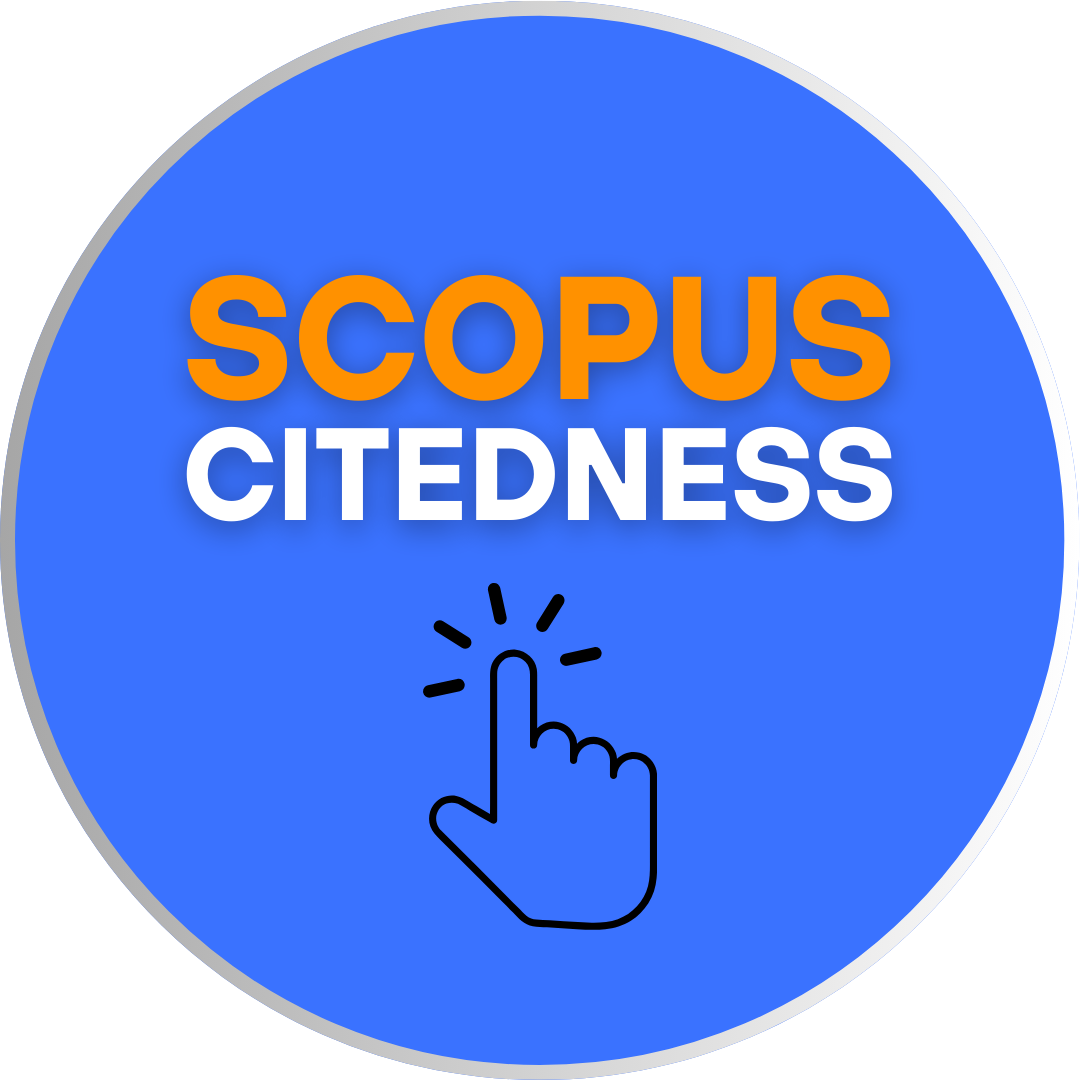AN ANALYSIS ON RELATIVE CLAUSE IN “BRIDGE TO TERABITHIA” NOVEL
DOI:
https://doi.org/10.18592/let.v3i2.1393Keywords:
An Analysis, Relative Clause, Novel Bridge to Terabithia.Abstract
This research describes 1). Tthe original sentences of relative clause in novel bridge to Terabithia; (2) Tthe common relative clause found in the novel; (3). The frequency of kinds of relative clause that are used in the novel. The subject of this research is novel “Bridge to Terabithia” by Katherine Paterson and the object of this research is relative clause in novel “Bridge to Terabithia” by Katherine Paterson. The data of this research are collected through reading and comprehending the story of novel, choosing the data dealing with the problem of the study, and conducting survey on novel script. Then taking evidences related to the question from the selected data. All collected data are then processed systematically through editing and clarifying. The result of the research shows that there are five patterns of relative clause found in the novel “Bridge to Terabithia” by Katherine Paterson namely relative clause of who, whom, whose, that and which. First, the most frequently appeared in this novel are 99 relative clause of that, the second position are 39 relative clause of who. After that in the third position are 26 relative clause of which, in the forth position are 5 relative clause of whose. The last in the fifth are 3 relative clause of whom.References
Alexander, L.G. (1990). Practice and Progress an Integrated Course for Intermediate Students. England: Longman Group Limited.
Al Kufi, Abu Bakar Ibnu Syaibah. (1995). Sunan Ibnu Majah Beirut: Dar al Fikr.
Allen, W. Stannard. (1974). Living English Structure. London: Longman.
Altenberg, Evelyn P. and Robert M. Vago. (2010). English Grammar Understanding the Basics. New York, USA: Cambridge University Press.
Azar, Betty Schrampfer. (1992). Fundamentals of English Grammar. Prentice Hall, Inc.
Badrun, Ahmad. (1983). Pengantar Ilmu Sastra (Teori Sastra). Surabaya: Usaha Nasional.
Beckson, Karl and Arthur Ganz. (1975). Literary Terms, A Dictionary, A Revised and Enlarged Edition of A Reader’s Guide to Literary Terms. New York: Mc Graw. Hill Ryeson Ltd, Toronto.
Departemen Agama RI. (2000). Al-Qur’an dan Terjemahannya. Semarang: CV. As-Syifa’.
Dietsch, Betty Mattix. (2003). Reasoning and Writing Well, A Rhetoric, Research Guide, Reader, and Handbook. New York: McGraw-Hill.
Diyanni, Robert. 2002. Literature Reading Fiction, Poetry, and Drama. New York: McGraw-Hill.
Dykes, Barbara. (2007). Grammar for Everyone practical tools for learning and teaching grammar. Australia: Acer Press.
Eastwood, John. (2002). Oxford Practice Grammar with answers. London: Oxford University Press.
Eastwood, John. (2002). Oxford Guide to English Grammar. London: Oxford University Press.
Eneste, Pamasuk. (1991). Novel and Film. Yogyakarta: Percetakan Kanisius.
Frank. (1999). Pengantar Sosiologi Sastra. Yogyakarta: Pustaka Belajar.
Frank, Marcella. (1992). Modern English A Practical Reference Guide. New Jersey: Prentice Hall, Inc, Englewood Cliffs.
Hewings, Martin. (2002). Advanced Grammar in Use. New York: Cambridge University Press.
Homberger, Sandra Lee Mc and Nancy N, (1996). Sociolinguistics and Language Teaching. Cambridge: University Press.
Hornby, A.S. (2000). Oxford Advanced Learner’s Dictionary of Current English. London: Oxford Univ Press.
Manser, H. Martin. (1983). Oxford Learner’s Pocket Dictionary. Warton Street: Oxford Press.
Mas’ud, Fuad. (1996). Essential of English Grammar a Practical Guide. Yogyakarta: Bpf.
Murcia, Marianne Celce. and Lois Meintosh.(1959). Teaching English As a Second Language. Los Angeles: Newbury Hruse Publishers, Inc.
Murphy, Raymond with Roann Altman. (1989). Grammar in Use. Reference and Practice for Intermediate Students of English. New York, NY USA: Cambridge University Press.
Payle, A. Michael and Mary Ellen Munoz. (2005). Cliff TOEFL Preparation Guide. USA: Wiley Dreamleach.
Peck, J and M. Coyle. Types of English Novels. http: // www. Change. FreeUk.com/Learning/Concept/Novel types. Html. Retrieved June 27,2012.
Roes, R. J. (1978). English Literature, An Introduction for Foreign Readers. London: The Macmilan Press Limited.
Supratman, et. al. (2004). Intisari Sastra Indonesia untuk SLTP. Bandung: CV Pustaka Setia.
Swan, Michael. (2002). Practical English Usage. London: Oxford University Press.
Thomson, A. J. and A. V. Martinet. (1995). A Practical English Grammar. London: Oxford University Press.
Downloads
Published
How to Cite
Issue
Section
License
Authors who publish with this journal agree to the following terms:
- Authors retain copyright and grant the journal right of first publication with the work simultaneously licensed under a Creative Commons Attribution License that allows others to share the work with an acknowledgement of the work's authorship and initial publication in this journal.
- Authors are able to enter into separate, additional contractual arrangements for the non-exclusive distribution of the journal's published version of the work (e.g., post it to an institutional repository or publish it in a book), with an acknowledgement of its initial publication in this journal.
- Authors are permitted and encouraged to post their work online (e.g., in institutional repositories or on their website) prior to and during the submission process, as it can lead to productive exchanges, as well as earlier and greater citation of published work.
LET (LINGUISTICS, LITERATURE, AND LANGUAGE TEACHING) http://jurnal.uin-antasari.ac.id/index.php/let/index licensed under a Creative Commons Attribution 4.0 International License.
















